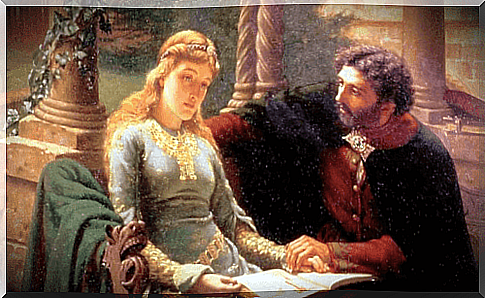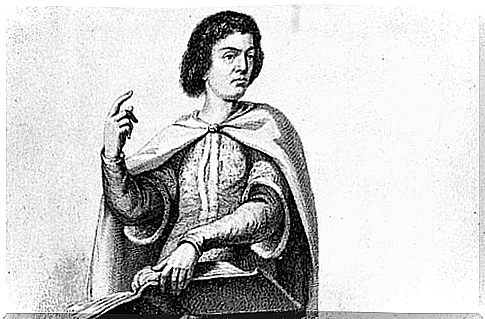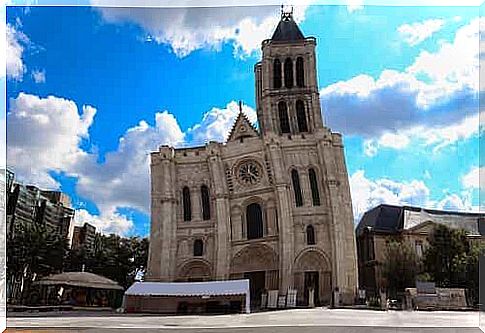Abelard, Philosopher With A Tormented Life

Abelard was a genius who created his own legend. Although he is most often remembered for his stormy relationship with Eloisa, he was actually a first-rate intellectual. He devoted himself to a multitude of fields and was, above all, a philosopher who sought to introduce rational logic into religion.
Almost all of Abelard’s life was conducted under the banner of dispute. He loved dialectics and repeatedly got involved in controversies from which, at the time, he was mocked.
For history, however, he offered his contribution with important reflections and with his thinking that deviated from the absolute truths of the Middle Ages and anticipated rationalism.
Not much of his work survived, considering that he was forced to burn much of it. However, History of my misfortunes has reached us , an autobiographical writing in which Abelard laments his most bitter moments. A dynamic and passionate thinker, until the end of his days.

Abelardo, the early years of a legendary man
Abelard, or Peter Abelard, was born in 1079 near Nantes (France). Little is known about his childhood. His father, a knight, aware of his son’s intelligence, took care to ensure him an education in the so-called liberal arts.
From the beginning, Abelard showed himself inclined to the study of logic and dialectics. He was a skilled polemicist and had among his teachers the most brilliant minds of the time. From a young age, he traveled to different places, leaving in each of them the memory of his heated debates.
At the age of 20 he moved to Paris, where he was taught by Guillermo de Champeaux, one of the most famous thinkers of the time. He instructed him in various disciplines such as grammar, rhetoric, arithmetic, geometry, astronomy and music. He also perfected his knowledge of dialectics. Abelard thus obtained the title of teacher and devoted himself to teaching.
Teaching and great love
Faithful to his vocation and training, Abelardo became famous for his controversy ; even against his own teachers, whom he often beat in debates. His disciples became numerous as his celebrity increased. A canon named Fulbert entrusted him with the education of his niece, Eloisa.
The woman immediately turned out to be a great lover of knowledge. She and Abelardo fell madly in love and were the protagonists of one of the greatest love stories of all time. Eloisa’s uncle tried to separate them, but they continued to see each other in secret. Thus it was that Eloisa became pregnant and had a son, to whom they gave the name of “Astrolabe”.
After a series of misunderstandings, Eloisa ended up entering the convent. While Fulberto undertook an atrocious revenge against Abelard. By means of intrigue he managed to get some men into his room to emasculate him.
Reserving the same fate for the servants, who also had their eyes gouged out. Fulberto was banished for this crime and Abelard took refuge as a monk in Saint-Denis.

A tragic life
In 1120 Abelard returned to teaching. He was later involved in a famous controversy on religious issues with an important thinker, called Roscellino. Abelard ended up being accused of heresy.
At the trial he did not even have the opportunity to defend himself. He was sentenced to burn his works and was forbidden to continue teaching.
After numerous controversies he moved to an isolated area. There he founded the school of the Paraclete. Despite the events, there were still many who wanted to be his students. Obviously, Abelard could not resist the temptation to ignite new debates. This time with San Norberto and Bernardo di Chiaravalle, his antagonists.
Fearing further reprisals, he fled to the monastery of Saint-Gildas de Rhuys (Morbihan). There he wrote some of his works that have survived to this day.
As he feared, Bernard of Clairvaux denounced him and was again condemned. He could no longer teach. He wrote two other great works before his death in 1142.
Eloisa died 22 years later. Their bodies buried next to each other. Several centuries later, in 1817, the remains of the two lovers were transferred to the same tomb, in the Parisian cemetery of Père-Lachaise.









